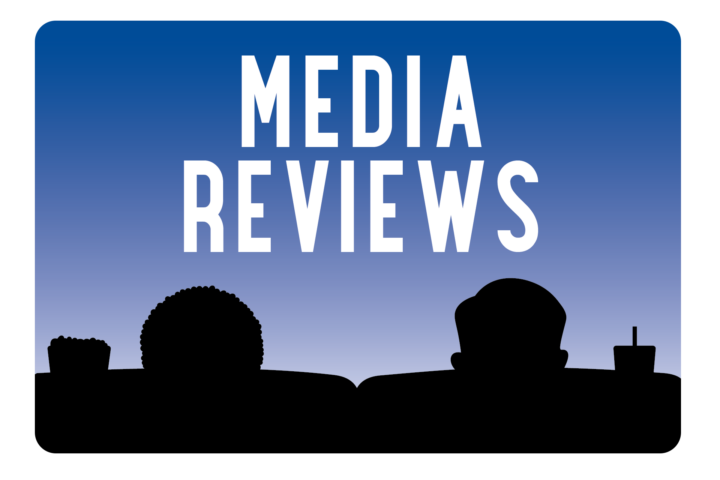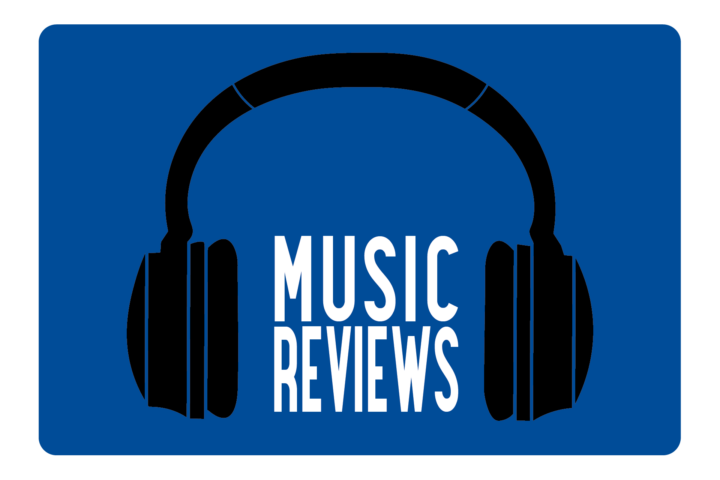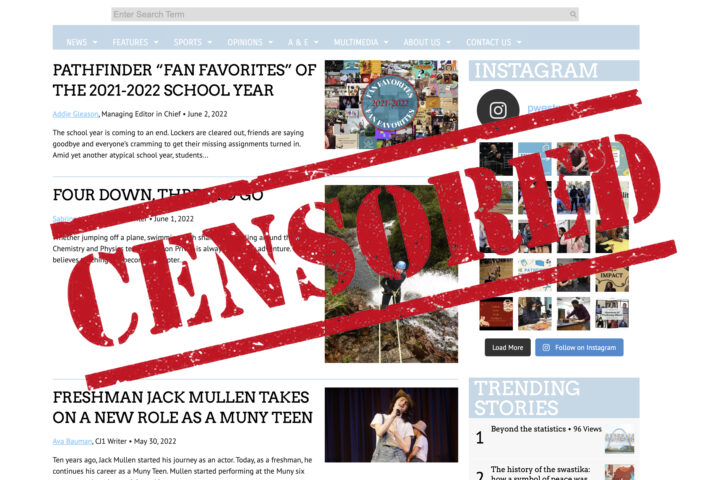Here’s where things stand. Early voting has already begun in some states, and millions of Americans will head to their polling places in the coming weeks for the most consequential election in at least a generation. The two presidential candidates offer totally different views of America and its place in the world, and both understand that they cannot win without young people. More than 40 million members of Gen Z are eligible to vote in this election—in fact, combined with Millennials, they make up nearly half of the electorate—which is why both candidates are working hard to appeal to their young constituencies.
The appeals are working: Young voters are registering in record numbers. On the recent National Voter Registration Day, 81% of the people who registered were voters under 35, according to Vote.org. The biggest surge was among 18-year-olds, with 53% higher registration rates among these newly minted voters than there were in 2020.

In fact, age has been the single most defining factor of this election: Kamala Harris would not be the Democratic Party’s presidential candidate if not for the overwhelming concerns, especially from young Americans, that Joe Biden was too old to remain a steady leader. She projects an upbeat, youth-oriented message, and has focused on issues Gen Z-ers often say they care most about, like climate change and housing affordability. Harris would also usher in the first generation of young girls and Southeast Asian kids growing up with a woman in the White House.
Donald Trump, on the other hand, has made extensive efforts to reach out to young people, particularly young men of all races. The Democratic Party won with voters aged 18 to 29 by 24 percentage points in 2020, and nearly 50 percentage points in the 2018 midterms. If Trump can make significant inroads with Gen Z, it would spell disaster for Harris. He is regularly appearing online with streaming stars and podcasters popular with young people, and emphasizing the issues that matter most to Gen Z.
Despite the extensive efforts of both campaigns to reach young voters, Gen Z heads to the voting booth with a sense of disillusionment, too. It has grown up in a tumultuous political environment, watching as, time after time, elected officials have failed to respond to what young voters consider the most important issues of the day.
So what are those issues? The Israel-Hamas crisis, whose response in the US has been largely led by young people, continues to be a hot-button issue going into the election. Abortion access is discussed in every debate, just as in prior elections, but even more so since the overturning of Roe v. Wade. However, the number one priority for Americans under 30 is the economy–namely, inflation, student debt, and an increasingly difficult job market even for those who went for the pricey degrees. As the most diverse voting group in the country, many are disproportionately affected by these issues. To win this group over, Harris and Trump will need to make sure concrete plans to combat economic stress are at the forefront of their strategy in these final weeks.
The candidates and their campaigners aren’t the only ones working to court the youth vote. While widespread political apathy among young people has been a concern going into the election, other recent events has suggested that this isn’t the whole story. The 47th Harvard Youth Poll this April found that 53% of Americans between ages 18 and 29 “definitely” plan on voting this November–around the same percentage as in 2020, where we saw unprecedented youth turnout. Young people themselves are stepping into the ring as candidates this time around, while others across the political spectrum are pushing for youth engagement in civics and politics. We’ve seen celebrities like Taylor Swift activating hundreds of thousands of young voters. We’ve seen Gen Z’ers creating political “memes” on social media, building a civics hub that educates and activates peers, even pushing for a day off school to promote civic education. They know just as well as Trump and Harris that they and their peers will largely be the ones to decide this election.
It is true, however, that many young voters have been left disillusioned by politics and our politicians themselves–and not just on partisan issues. Coming of age in the contentious Trump and Biden presidencies has made many young people think critically about how our government works. Young people across the board have discussed how they have lost trust in the presidency as an institution, and have doubts about the functionality of our democracy in general. For example, a study by Public Opinion Quarterly found that kids today have a much more negative view of the president than kids surveyed in 1959. And the same study by Harvard that showed over half of young Americans plan to vote also showed that 41% don’t believe their vote will make a real difference.
Disillusioned or not, one thing is for sure: Young people will vote this November, and they’ll likely vote in numbers that will make them a huge factor in deciding the outcome. Then, no matter which candidate wins, they’ll need to keep young people’s needs in mind to maintain a democracy we can all believe in.



